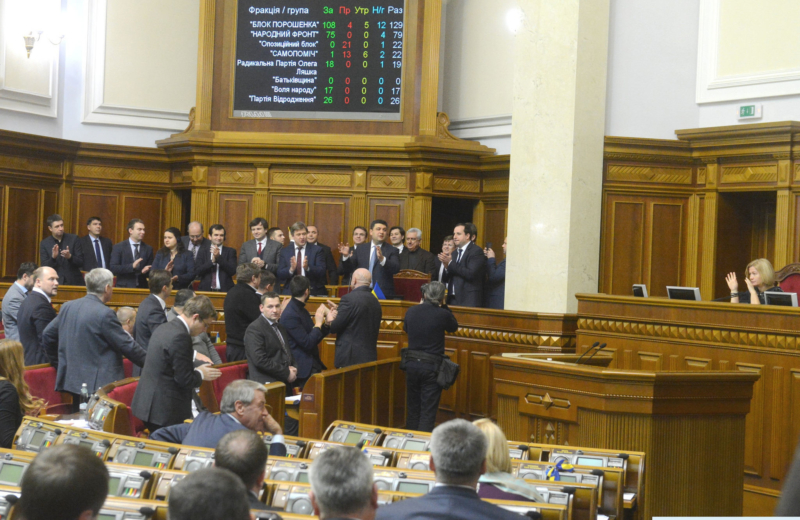Ukrainians say corruption is one of the country’s biggest problems and most prevalent in the nation’s judiciary and parliament.
The findings are based on the results from a monitoring study, dubbed “The State of Corruption in Ukraine,” conducted by the Kyiv International Institute of Sociology (KIIS) from May through September 2018. Results of the survey were published on KIIS’s website on Tuesday.
According to the survey results, Ukrainians view corruption as the third worst problem (after high cost of living, low wages and war in Donbas). Some 75.7 percent of respondents consider corruption a very serious problem, 18 percent – rather serious.
The respondents said the most corrupted sphere is the courts (62.2 percent), followed by medical services – 55 percent, Ukraine’s Prosecutor General’s Office (PGO) – 54.3 percent and customs control – 51.6 percent.
Ukrainians consider the Verkhovna Rada to be the most corrupt government body (73.2 percent). The Cabinet of Ministers (67.6 percent) takes second place and is followed by the president and his administration (66.1 percent).
Some 41.5 percent of respondents admitted that their families had experience of corruption during the last 12 months.
According to the respondents, the leaders in extortion of bribes are higher education institutions (52.1 percent of those who contacted universities have experienced a bribe demand), the judicial system (46.8 percent required bribes), authorities granting authorizations (44.6 percent), the National Police (43.5 percent), service centers of the Ministry of Internal Affairs (42.3 percent), state medical institutions (40.6 percent) and general education schools (36.8 percent).
The monitoring study was conducted from May to September 2018. Some 10,169 respondents living in 476 settlements in all regions of Ukraine and Kyiv participated (about 400 respondents in each of the regions and Kyiv, except for the Autonomous Republic of Crimea and temporarily occupied territories of Donetsk and Luhansk regions). The margin of error does not exceed 1.5 percent (with a probability of 0.95 and with a design effect of 1.5).



